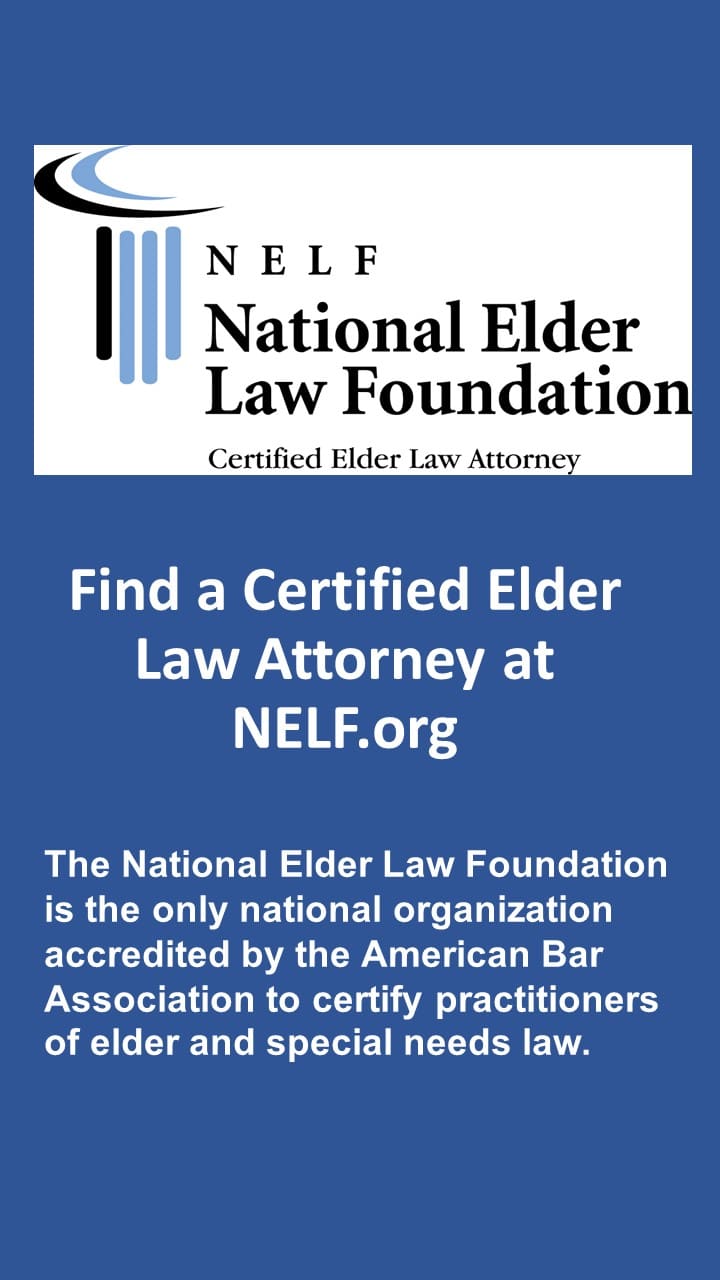Nursing home residents have a right to reasonable accomodation of needs and preferences. 42 C.F.R. § 483.10(e)(3) provides that the resident has a right to be treated with respect and dignity, including:
(3) The right to reside and receive services in the facility with reasonable accommodation of resident needs and preferences except when to do so would endanger the health or safety of the resident or other residents.
Appendix PP states that the intent of subsection (e)(3) is “[t]he accommodation of resident needs and preferences is essential to creating an individualized, home-like environment”
Guidance
Reasonable accommodation(s) of resident needs and preferences includes, but is not limited to, individualizing the physical environment of the resident’s bedroom and bathroom, as well as individualizing common living areas as much as feasible. These reasonable accommodations may be directed toward assisting the resident in maintaining and/or achieving independent functioning, dignity, and well-being to the extent possible in accordance with the resident’s own needs and preferences.
The environment must reflect the unique needs and preferences of each resident to the extent reasonable and does not endanger the health or safety of individuals or other residents.
Common areas frequented by residents should accommodate residents’ physical limitations. Furnishings in common areas may enhance residents’ abilities to maintain their independence. Resident seating should have appropriate seat height, depth, firmness, and with arms that assist residents to independently rise to a standing position. Functional furniture must be arranged to accommodate residents’ needs and preferences.
Procedures
Observe residents in their rooms and common areas and interview residents, if possible, to determine if their environment accommodates their needs and preferences. Observe staff/resident interactions to determine if staff interact in a manner that a resident with limited sight or hearing can see and hear them. Determine if staff keep needed items within the resident’s reach and provide necessary assistance to help maintain the resident’s independence. Determine if the resident has the call system within reach and is able to use it if desired.
Examples of noncompliance may include, but are not limited to:
-
- Storing a wheelchair or other adaptive equipment out of reach of a resident who is otherwise able to use them independently, such as a wheelchair stored across the room for a resident who is able to self-transfer or storing eyeglasses out of reach for a resident
- Having areas of worship inaccessible to residents with mobility limitations.
- Not providing a riser on a toilet to maintain independence.







